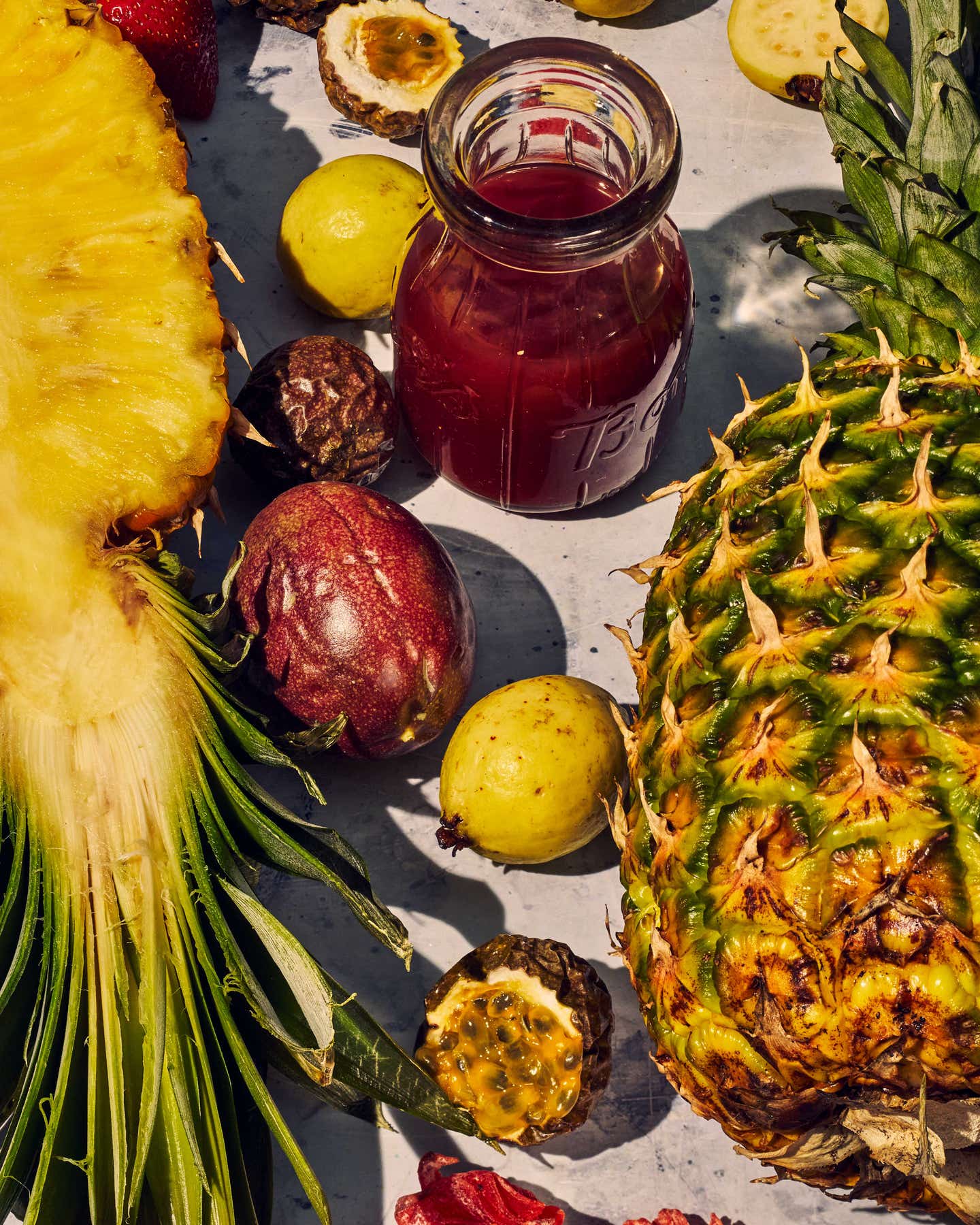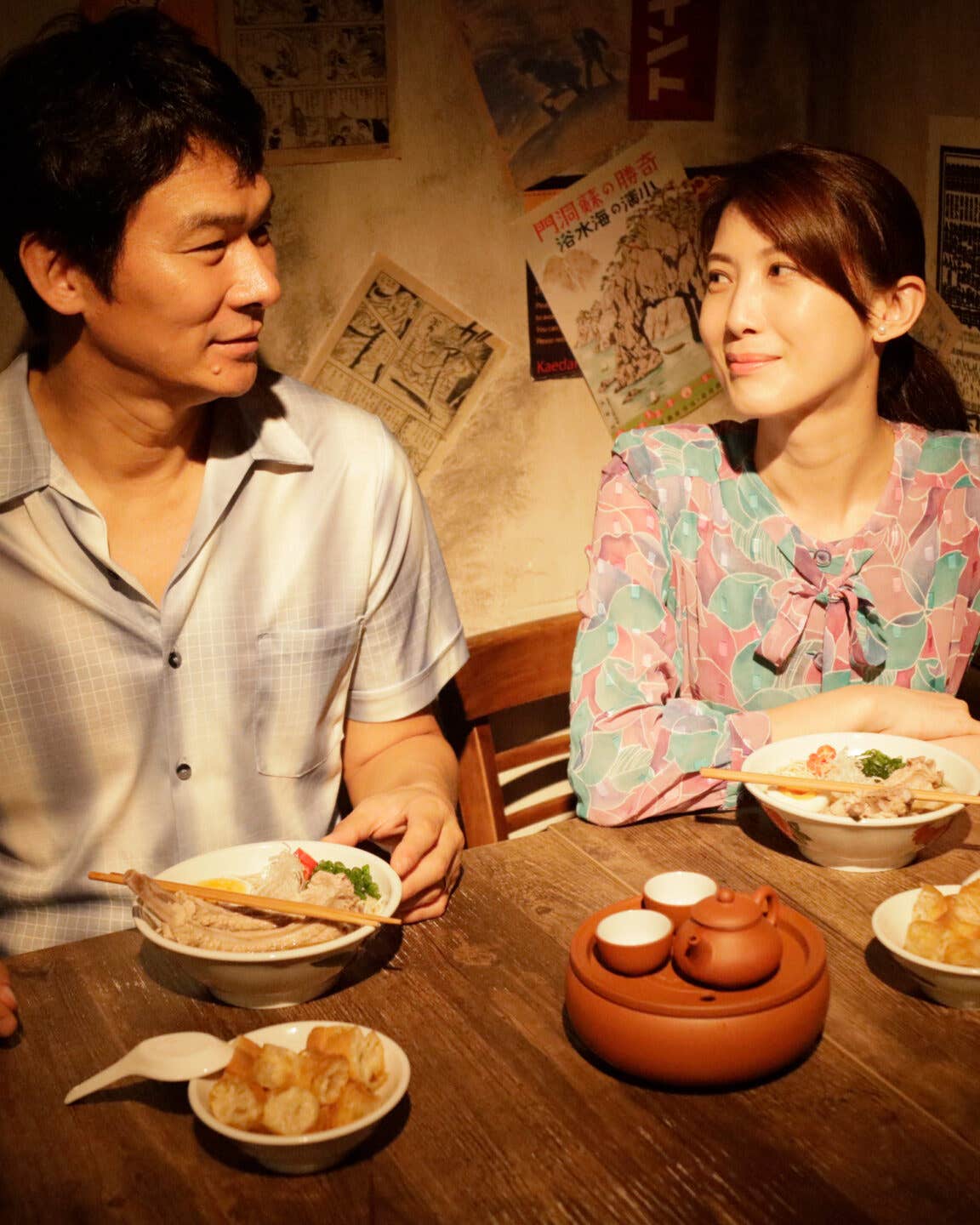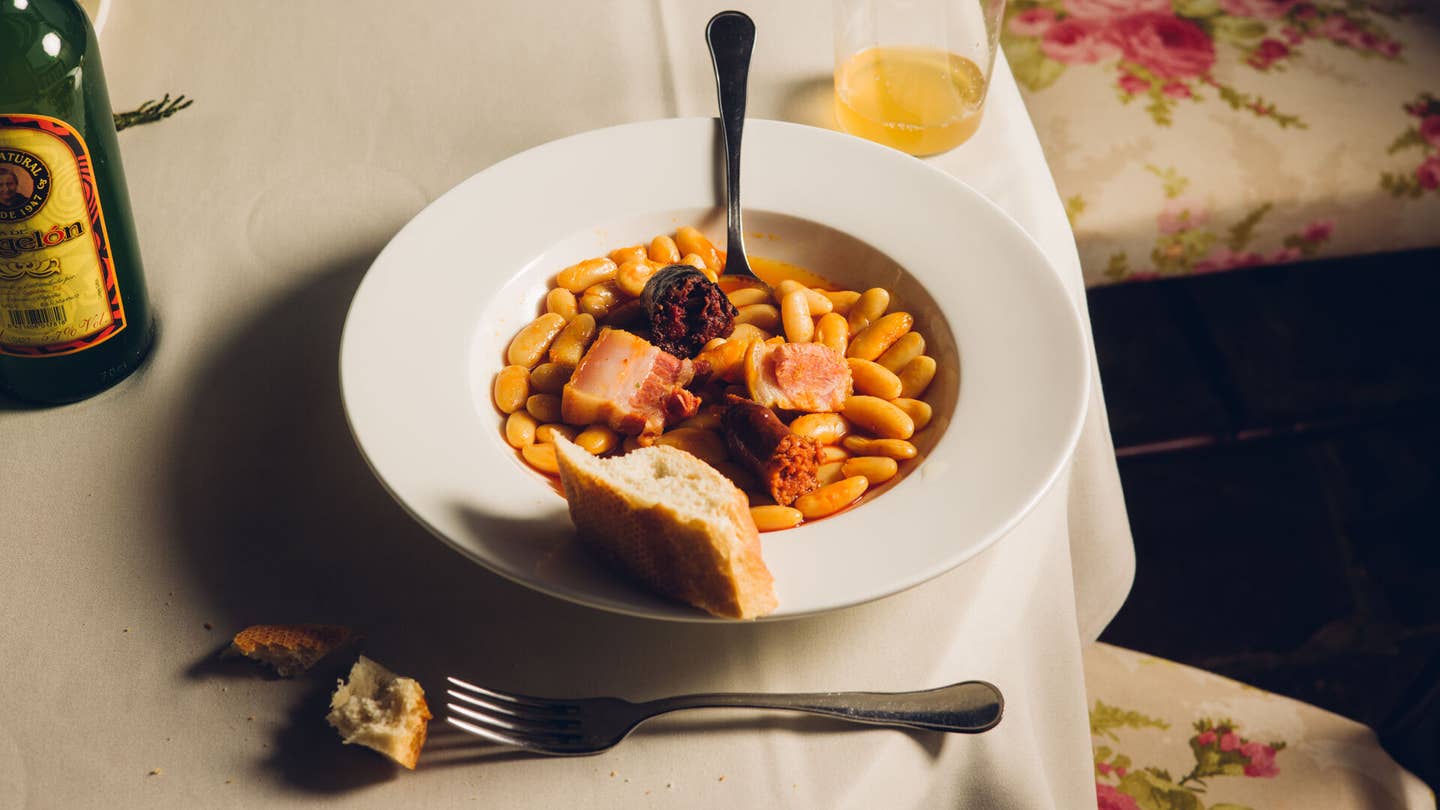
The spot seems so lush that it's almost primeval. My husband, Don, and I are near the point in central Texas where the San Saba and Colorado Rivers converge. The water is brown and swollen, and the overgrown banks are swathed in a veil of moisture. With grasses, Mexican hat, and larkspurs brushing our knees, my inclination is to look down (yesterday we nearly stumbled over a huge Great Plains rat snake), but the object of today's journey towers above us through shafts of sunlight: a rugged, 150-year-old wild pecan tree, with about a thousand of its offspring planted a few hundred feet away. This, according to local lore, is the famous Mother Tree. It spawned the first cultivated pecans in Texas and, by extension, gave birth to the Texas pecan industry.
A member of the hickory genus, the pecan was a staple of Native Americans for centuries. (The word pecan is Algonquin, roughly meaning ''a nut it takes a stone to crack.'') Spanish explorer Cabeza de Vaca was among the first Europeans to succumb to the pecan's charms, traveling in the 1530s through south Texas along the Guadalupe River, which he is said to have called ''the river of nuts'' because of the masses of pecans clustered along its banks. Several hundred years later, Texans made the pecan their state tree after James Hogg, the state's governor from 1891 to 1895, requested on his deathbed not a monument of stone or marble at his head, but a pecan tree.
The pecan is also native to several other states, including Illinois (from which it takes its botanical name, Carya illinoensis), Mississippi, Louisiana, Oklahoma, Ohio, and Arkansas. Today cultivated pecans thrive far outside the tree's natural range, from New Mexico to Georgia, the nation's perennial production leader. They even grow in Australia. Plenty of pecans grown outside of Texas taste fine, but I'm partial to my state's Cheyenne and Sioux, both known for their bright color, consistent texture, and deep flavor, as well as to our tiny wild nuts, with their concentrated richness.
The Mother Tree stands a few miles upriver from the little town of San Saba, in the heart of a county that has called itself the Pecan Capital of the World for about eighty years. From a production standpoint, San Saba County isn't even the pecan capital of Texas anymore (El Paso County claimed that distinction in the mid-1980s), but in this uncomplicated corner of the globe, where pecan trees shade the courthouse square, the main roads, two parks, and practically every yard, bragging rights die hard.
We've been guided to the Mother Tree by Elsie Millican and Midge Love, a pair of spry sisters in their eighties who are among the last remaining grandchildren of Edmond E. Risien, known around town as the Pecan Wizard. Risien, a cabinetmaker from Kent, England, emigrated here in 1874, and was amazed by the profusion of wild pecans that grew along local streams and riverbeds—and by the quality of the nuts they yielded. He was also struck by the lack of local respect for the trees: Settlers cut them down by the thousands to clear the rich alluvial land for farming. Risien dedicated himself to promoting the trees' preservation and their development as a commercial crop.
Every fall, when locals harvested the nuts and sold them in San Saba's town square, Risien offered a $5 prize for the finest batch. One year, when the winning nuts were particularly tasty and thin-shelled, the fellow who had harvested them led the inquisitive Risien to their source, a single tree. Unfortunately, the man had procured the nuts by lopping off all the branches—except the one where he'd stood while wielding his saw. Nevertheless, Risien gathered enough nuts from this Mother Tree to eventually develop, mainly through grafting, a host of new varieties, including Western Schley (now called Western), the most widely planted pecan in the world. He wasn't the first man to cultivate pecans—that honor goes to a slave gardener named Antoine, who propagated trees in Louisiana in the mid-1840s. But Risien was a tireless promoter, bringing the first Texas State Pecan Growers Association meeting to San Saba in 1921 and sending seedlings from the Mother Tree to celebrities in Europe. (A thank-you note from the poet Tennyson is among the family's heirlooms.)
Risien bought the land that surrounded the Mother Tree and built a home there. (Elsie Millican's son Bob lives in it now.) Standing near his experimental orchards, the sisters are awash in memories. They point to a yard where roses once grew and a greenhouse stood. ''Granddaddy was quite a gardener, as you might expect,'' Midge Love says. Although it has been struck by lightning, the Mother Tree is still a glorious specimen, at least a hundred feet tall, with a trunk about four feet in diameter. Tucked among its feathery leaves are green hulls that will burst to yield ripe pecans in the fall. With a long, hot growing season, plenty of rain, deep, well-draining soil, intense sunshine, and low relative humidity—perfect pecan conditions—a complex dance of sugars and oleic acids will transform the kernels into pure heaven: A great pecan is golden in color, softly textured, and pleasingly crunchy, with a buttery thickness in the mouth and a sweet, earthy flavor.
Cultivated pecans have some advantages over the natives: Their thinner shells are easy to crack, which is why they're often called paper shells, and their kernels are larger. But the so-called improved pecans, unlike the hardier natives, need more water and require frequent applications of fungicide because they are plagued by pecan scab. Some old-timers say that the natives simply taste better; they refer to all nonnative pecans as ''that damn budded stuff''.
In San Saba, in the barnlike offices of Oliver Pecan Company, we visit with company vice president Shawn Oliver. His family, related to the Risiens by marriage, are the other branch of San Saba's pecan royalty. As commercial growers, brokers, and processors, the Olivers handle a fourth of Texas's cultivated pecan crop and more natives than anyone else in the nation. Companies like Sara Lee, Planters, and Texas's own premium Blue Bell ice cream buy most of the company's native stock every year, Oliver says, because they think that natives make a better product.
As we drive out to one of Oliver Pecan's native groves for a look, we pass a cultivated orchard where green pods dangle like earrings from the tree branches. ''You know it's going to be a good year when you can drive by on the highway going 40 miles per hour and see the nuts on the trees,'' Oliver says. This year clearly bodes a bumper crop.
We step out of his truck just downriver from the Mother Tree, among acres and acres of majestic natives. ''Indians probably ate pecans from these trees,'' he says. He points to a distant field where milo grows in rows under the hot sun. ''That field was probably once full of pecans, but people were short-term thinkers a hundred years ago. They may have cut the trees down just to get one year's crop of nuts.'' It's likely Risien's efforts helped save the Olivers' grove.
I'm drawn to one particularly huge tree that's twisted with age. There's something magical about a trunk you can't get your arms around, even if the tree's nuts are too hard to crack. The sun filters through its huge canopy, birds are singing, and the Colorado River is gurgling gently over some rocks—an image of pecan paradise I hold all the way home to Houston.
Keep Reading
Continue to Next Story










